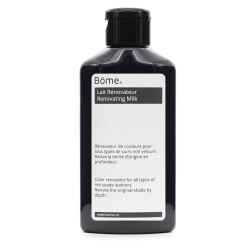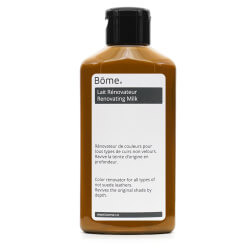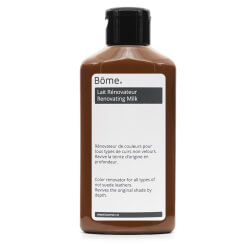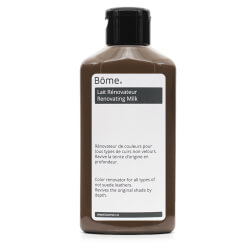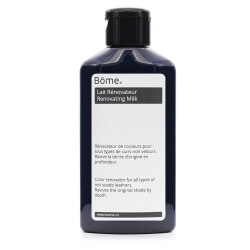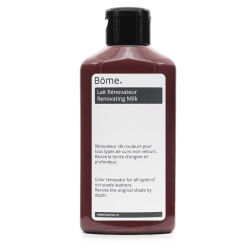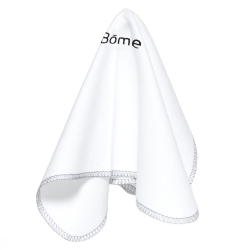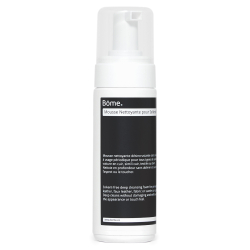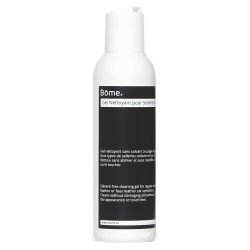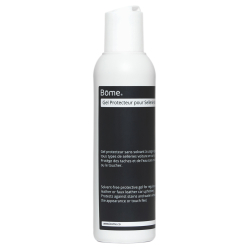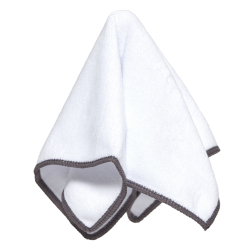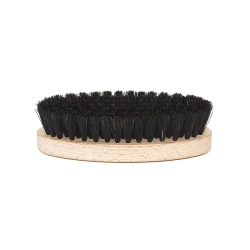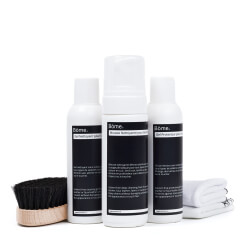Repair and protect your leather steering wheel.
Introduction to repairing a leather steering wheel
Leather and imitation leather are widely used in the automotive industry. Leather steering wheels are particularly subject to friction. Over time, cracking or loss of colour can occur. As soon as the first signs of scratching or discolouration appear, it is essential to take appropriate measures to slow down the development.
To get the most out of your wood for as long as possible, you need to maintain it regularly. We recommend about once a month.
However, over time, wear marks and tears may appear. To repair the leather on a car steering wheel, we recommend using a leather upholstery cleaner, coloured repair resin and a protective spray. These steps work for a slight tear in the leather.
Each type of mark or cut has its own solution. The repairs are valid for all types of leather and all colours of steering wheel.
If the damage is extensive, we advise you to contact the manufacturer or a garage. A professional will be able to offer you a more suitable solution.
All the products mentioned in this article are made in France and are responsibly formulated using natural active ingredients.
Cleaning the leather steering wheel before repair
All repair methods begin with a thorough cleaning. This will remove all dirt: dust and residues of old products or grease stains.
To carry out the cleaning, follow the steps below:
1. Remove dust with the Bōme car upholstery cleaning brush to remove excess dust.
2. Clean the leather with a Bōme upholstery cleaner. Apply several coats of cleaner to ensure all dirt is removed.
3. Wipe off any excess cleaner with the microfiber towel.
The cleaned leather is ready to receive the steering wheel leather repair products.
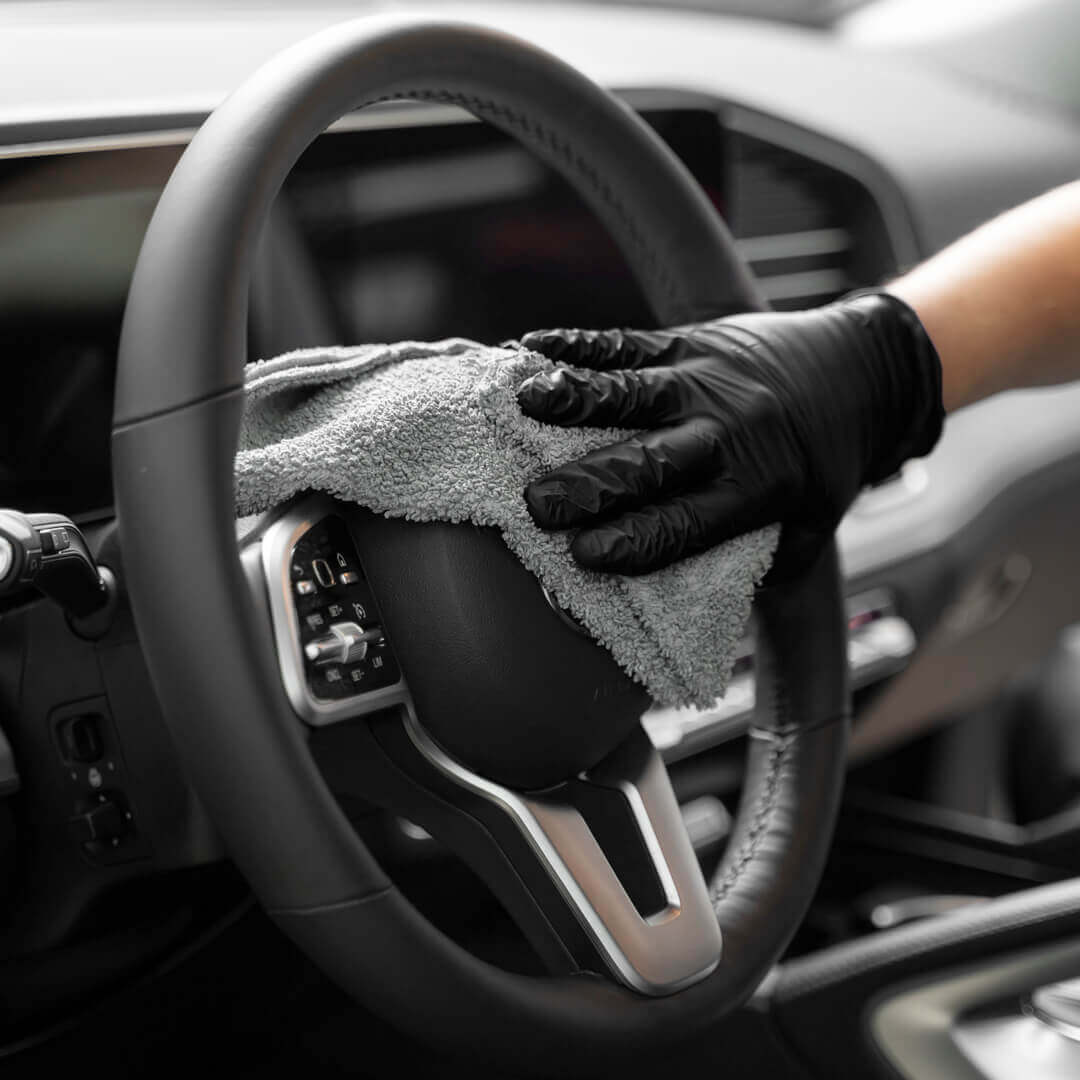
6 steps to repair a torn leather steering wheel
Here, we'll take the example of a slight tear on the steering wheel. The hole is superficial and easy to repair using repair products.
In the case of a deep tear, we would remind you to contact a car professional.
For this repair, you'll need a product in paste form to fill the hole. Choose a paste that matches the colour of your steering wheel. Here are the 6 steps to repairing your leather steering wheel:
1. Apply the paste directly into the hole. Try to fill the entire area; if the product extends a little beyond the hole, it's not serious.
2. Leave to dry for the time indicated on the product, often between 20 and 30 minutes.
3. If the paste overflows a little, sand with fine-grain paper. You need to be delicate and precise in your movements to avoid damaging the rest of the steering wheel. Fine-grit sandpaper can be used at this stage.
This gives a smooth surface and a more realistic result.
4. Apply a renovation milk to the repaired area. You can apply several coats to allow the colour to soak into the resin.
5. Finish the repair with a protective varnish. Protective varnish protects against external aggression and prevents the colour from transferring to your skin.
6. Leave to dry for several hours for best results.
Renovating worn steering wheel leather
Renovating the colour of worn steering wheel leather can be done on a regular basis. It can be done at the time of each maintenance.
If the renovation is carried out correctly, there is no risk of colour transfer, and there are several shades of renovation products to suit your car upholstery. Renovators can be mixed together to create new shades.
There are 3 steps to follow on a completely cleaned leather:
1. Apply a dab of product to a clean chamois.
2. Massage the leather with the renovating milk in a circular motion. Using circular movements, you will quickly cover the entire steering wheel with a thin layer of product.
3. Remove excess renovation milk by applying Bōme protective gel over the entire treated area.
It is important that the chamois is white after the protective gel has been applied so that there are no transfers. Once the renovation is complete, you will regain the original colour of your leather steering wheel. As well as the colour, it will regain its original shine.
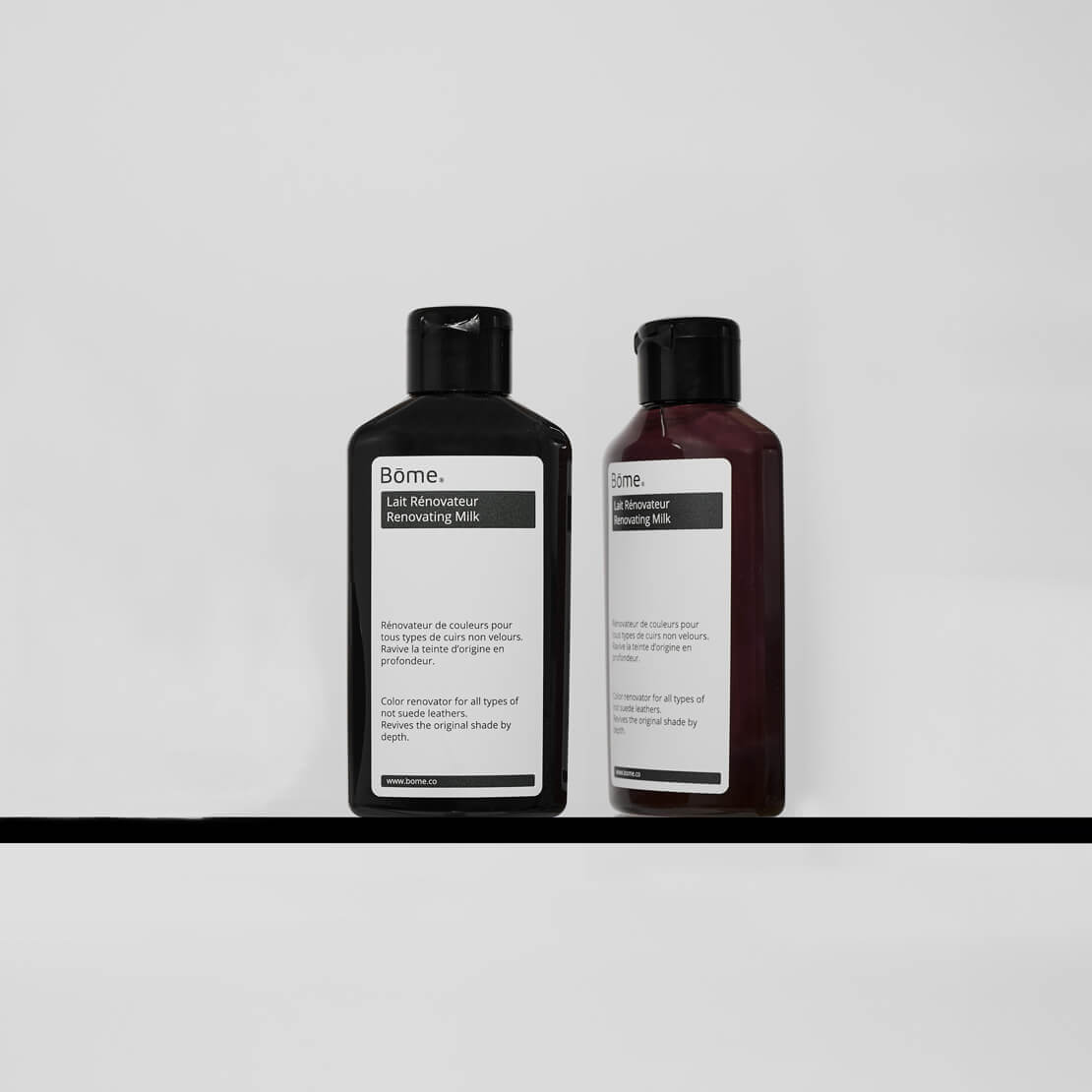
Tips to prolong the life of your repair
To ensure the longevity of your newly repaired leather steering wheel, there are a few tips to follow.
Firstly, avoid prolonged exposure to sunlight and extreme heat, as this can dry out the leather. Dried leather is more easily damaged, so dryness can lead to cracks and discolouration. Our advice is to park your car in the shade whenever possible, or to use a sun visor regularly if you park your car outside.
Secondly, keep the leather clean by regularly wiping off any accumulations of dirt or dust. To do this, use a soft cloth and Bōme cleaning gel. Avoid aggressive cleaning products, often with solvents, as they can damage the leather. Even quick maintenance should always be finished off with a protective gel for car upholstery.
Conclusion
In this article, we've shown you the different solutions depending on the type of repair required.
Following these steps will enable you to restore not only the aesthetic appearance but also the comfortable feel of your steering wheel. A steering wheel in good condition is not only pleasing to the eye. It also contributes to a safer and more comfortable driving experience.
By taking good care of your leather steering wheel, you preserve the value of your vehicle. You'll also ensure a pleasant, non-slip feel when driving.


